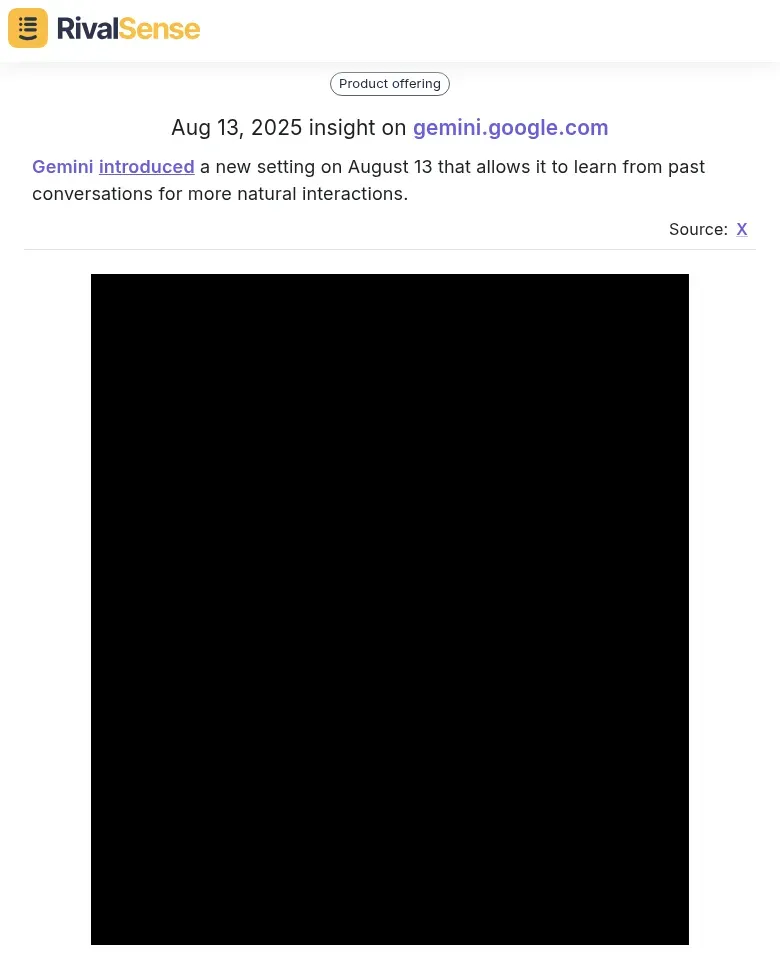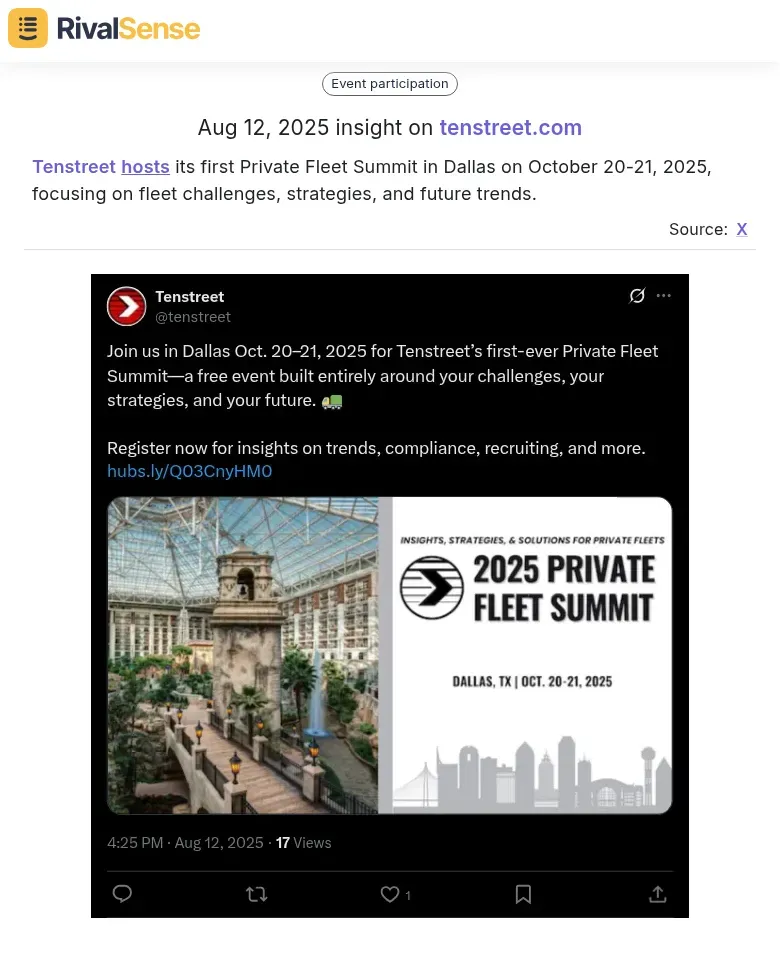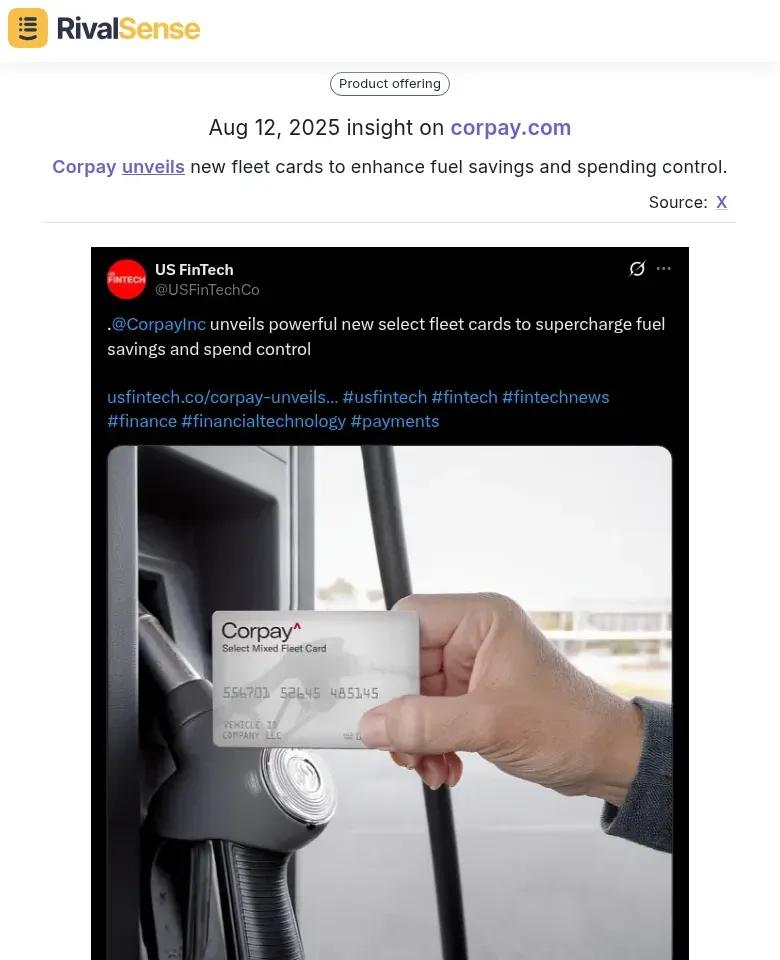Competitive Edge: Unlocking Rival Insights from Twitter and Beyond
Twitter serves as a dynamic battleground where brands showcase strengths and announce pivotal updates in real-time. Monitoring competitors here provides invaluable strategic intelligence beyond mere social listening. This guide reveals how to transform Twitter observations—and broader market signals—into actionable competitive advantages.
1. Track Competitors on Twitter: The Real-Time Pulse
Twitter's immediacy offers unparalleled visibility into rival activities as they unfold. Analyzing engagement patterns and content strategies reveals audience preferences and industry shifts. Key focus areas include:
- 🔥 Real-Time Updates: Catch announcements like product launches instantly
- 💬 Engagement Patterns: Study how rivals build community loyalty
- 📊 Content Strategy: Identify high-performing formats (videos, polls, threads)
Practical Steps:
- Set up alerts for competitor handles using TweetDeck
- Analyze top-performing tweets with tools like Sprout Social
- Track trending hashtags adopted by rivals
- Benchmark your engagement rates against competitors
flowchart LR
A[Monitor Competitors] --> B[Analyze Content]
B --> C[Identify Gaps]
C --> D[Refine Strategy]
2. Decode Product Innovations: Learn from Launches and Updates
Product updates signal strategic priorities and reveal emerging user experience trends. Monitoring these allows you to anticipate market shifts and adapt your offerings proactively. For instance, tracking feature rollouts helps identify unmet customer needs you can address.
Why this matters: Real-time awareness of product changes lets you:
- Anticipate feature adoption curves
- Identify UX improvements
- Spot technology investments
🚀 Example: When Gemini introduced conversational memory settings on August 13, it signaled a push toward personalized AI interactions—a trend competitors could benchmark against their own chatbots.

Actionable Framework:
| Step | Action | Outcome |
|---|---|---|
| 1 | Monitor feature releases | Spot innovation patterns |
| 2 | Analyze user reactions | Validate market demand |
| 3 | Pilot similar concepts | Test adoption potential |
3. Glean Intel from Events and Summits: Spot Trends Early
Competitor-hosted events unveil strategic roadmaps before public announcements. Session topics and keynote speakers reveal investment priorities, while partnerships signal expansion plans. Virtual attendance provides direct access to Q&A insights.
Why this matters: Event tracking helps you:
- Decode future industry shifts
- Identify emerging partnerships
- Discover niche market opportunities
🎯 Example: Tenstreet's upcoming Private Fleet Summit (Oct 20-21, 2025) focusing on fleet challenges signals strategic focus on transportation logistics—valuable intel for adjacent service providers.

Event Analysis Checklist:
- [ ] Review session topics for priority signals
- [ ] Note new partnerships/launches
- [ ] Attend virtual sessions when possible
- [ ] Track post-event press coverage
- [ ] Map findings to your product roadmap
4. Analyze Financial and Operational Shifts: Uncover Efficiency Secrets
Financial tools and operational innovations reveal how competitors optimize costs and scale services. Fleet management solutions, payment systems, or procurement strategies directly impact market positioning and profitability.
Why this matters: These insights help:
- Benchmark operational efficiency
- Identify cost-saving opportunities
- Discover revenue model innovations
💳 Example: Corpay's new fleet cards for fuel savings demonstrate how payment innovations can create competitive moats through operational efficiency—a tactic applicable across industries.

Optimization Steps:
- Audit your expense management systems
- Compare with competitor financial tools
- Pilot efficiency innovations in controlled environments
- Scale successful experiments company-wide
5. Integrate Insights into Strategy: From Data to Action
Transform raw intelligence into strategic initiatives by connecting Twitter observations with broader market movements. Combine real-time social monitoring with trend analysis for comprehensive decision-making.
Implementation Framework:
- Weekly Review Rhythm: Dedicate 30 mins weekly to analyze competitor activity
- Opportunity Matrix: Categorize insights as:
- Urgent (respond immediately)
- Strategic (long-term planning)
- Experimental (test concepts)
- Cross-Functional Alignment: Share findings with product, marketing, and finance teams
Pro Tip: SaaS company Buffer gained 27% engagement lift by adapting competitor content strategies discovered through Twitter monitoring.
Conclusion: Turning Intelligence into Advantage
Systematic competitor tracking transforms market noise into actionable strategy. By monitoring Twitter for real-time signals while decoding product, event, and operational shifts, you gain multidimensional insights. Start implementing these approaches today:
- Identify 3 key competitors to monitor
- Establish tracking mechanisms (hashtags, alerts)
- Schedule weekly intelligence reviews
- Create "insight → action" conversion process
Ready to decode competitor moves?
👉 Try RivalSense Free for automated tracking of product launches, events, financial shifts, and Twitter activity. Get your first competitor report today and transform market intelligence into strategic advantage!
📚 Read more
👉 Predictive Analysis for TV Ad Competitive Strategy Success 🚀
👉 Leveraging Competitor Insights for Smarter Financial Strategies
👉 How Euro Foods' Product Shifts Reveal Strategic Opportunities
👉 Strategic Competitive Benchmarking: The Ultimate Guide for Business Leaders
👉 Best Practices for AI-Driven Competitor Supply Chain Analysis
